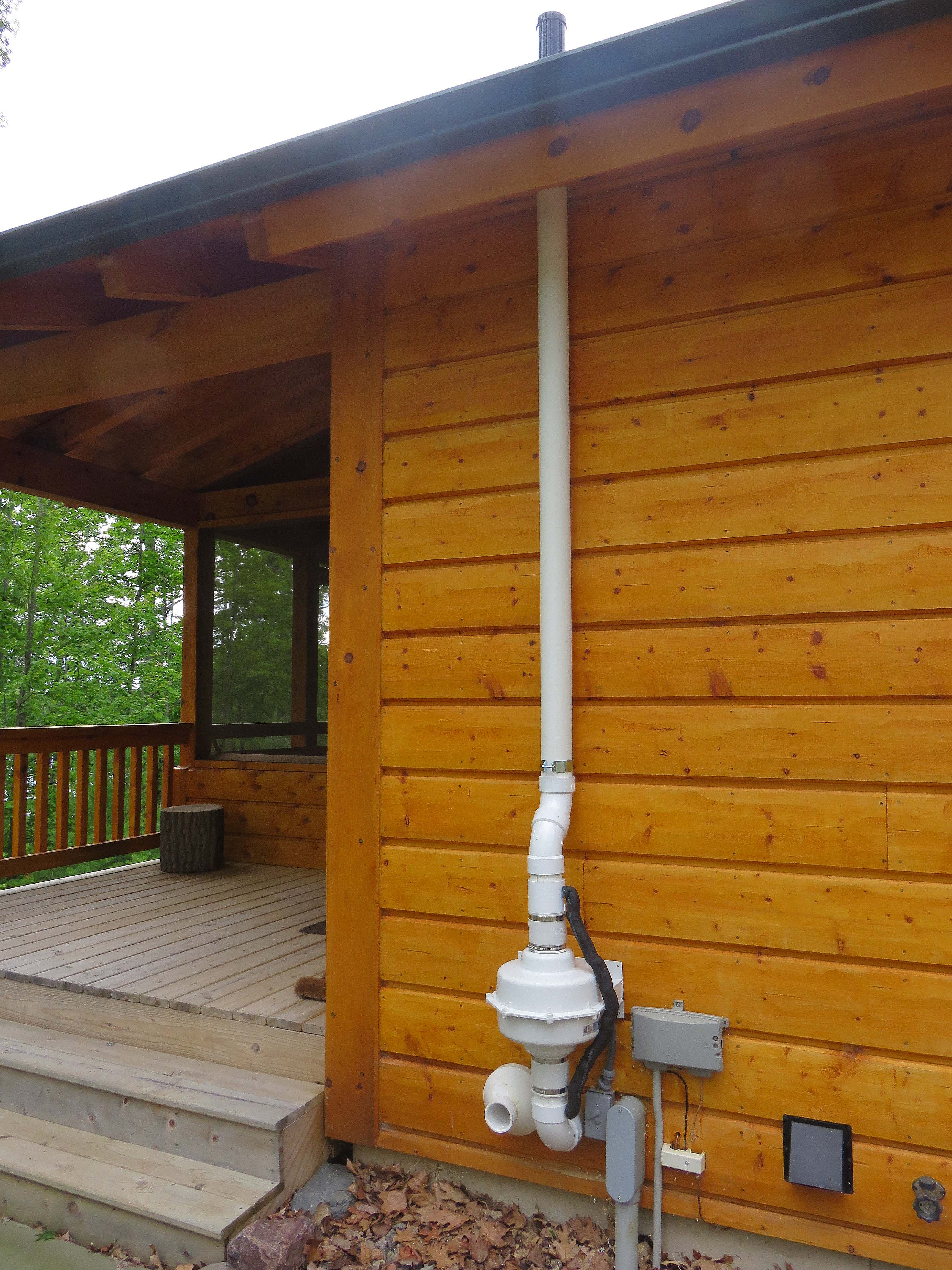Buying a home with radon. What you should recognize.
What is radon gas? Is it dangerous?
Is radon really bad for you?
Breathing radon over time increases your risk of lung cancer. Radon is the second leading cause of lung cancer in the United States. Nationally, the EPA estimates that about 21,000 people die each year from radon-related lung cancer. Only smoking causes more lung cancer deaths.
You'll face very low boosted threat of creating lung cancer due to radon if you can keep your indoor radon levels at 2 pCi/L or lower. When you get to the 1.3 pCi/L degree that is regular for interior air, just 2 non-smokers out of 1,000 will establish lung cancer cells particularly due to the direct exposure.
Radon in the air is taken into consideration to be a larger wellness hazard than radon in residential water so the US Environmental Protection Agency recommendation is to not examine for radon in water unless a radon in air examination is above the activity level. Nevertheless, some US states, such as Maine where radon degrees are greater than the http://public.sitejot.com/fsbfcbj477.html national standard, advise all well water should be tested for radon. The US federal government has not establish an activity level for radon in water.
Is radon mitigation really necessary?
When radon gas enters the body, it exposes the lungs to small amounts of radiation. In small quantities, experts say this is harmless. However, in persistent exposures or larger quantities, radon can damage the cells of the lining of the lungs, increasing a person's chance of developing lung cancer.
This does not indicate that a degree listed below 4.0 pCi/L is thought about acceptable, as specified in the BEIR VI study. Visit the website It is approximated that a reduction of radon levels to listed below 2 pCi/L across the country would likely reduce the yearly lung cancer cells deaths attributed to radon by 50%. However, even with an activity degree of 2.0 pCi/L, the cancer danger offered by radon gas is still hundreds of times more than the threats permitted carcinogens in our food as well as water.
- Radon gas is a naturally-occurring by-product of the radioactive decay of Uranium in the dirt.
- Depending on your geographical place, the radon levels of the air you breathe beyond your home might be as high as 0.75 pCi/L.
- The nationwide standard of outdoors radon levels is 0.4 pCi/L and it is estimated by the National Academy of Sciences that exterior radon degrees cause around 800 of the 21,000 radon caused lung cancer cells deaths in the US annually.
- The United States EPA has actually put it clearly, specifying, "Any kind of radon direct exposure has some threat of causing lung cancer cells.
For instance, a person living in a house with a radon level of 4.0 pCi/L or lower has a roughly 7 in 1000 opportunity of getting sick. On the various other hand, a person living in a house with a radon degree of 20 pCi/L or higher has a 36 in 1000 opportunity of having lung cancer cells. The Globe Health And Wellness Organization (THAT) established an activity level of 2.7 pCi/L based upon a three-year worldwide study by greater than 30 famous researchers.
Thinking you live in a region not influenced by radon is just among the misconceptions about this lethal gas. We reviewed all material related to radon on state government Web sites using a standard data collection type.

How long does it take for radon to cause cancer?
Fact: You will reduce your risk of lung cancer when you reduce radon levels, even if you've lived with an elevated radon level for a long time. Keep in mind that radon levels below 4 pCi/L still pose some risk and that radon levels can be reduced to 2 pCi/L or below in most homes.

